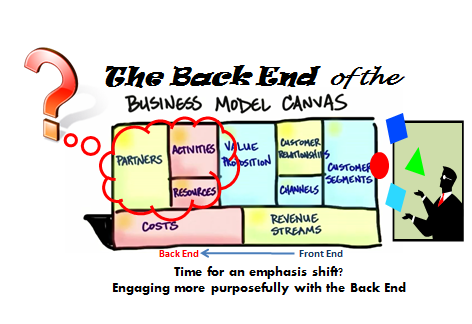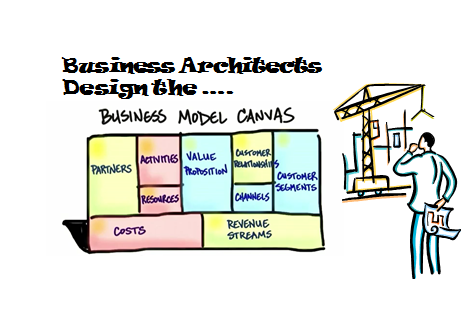
We all are caught up in handling and understanding different management tools.
Building Your Innovation Intelligence
Bringing my thinking and solutions to your problems

Most of our existing organizations are searching for the mechanisms to reinvent their business models, through identifying, designing and executing differently from the existing ones, where they tend to simply be ‘locking themselves into’ repeating patterns, possibly opening themselves up to new forces of disruption.
There is a sense of urgency that is growing at the corporate level, to master this ability to design different business models and then set about executing them, to combat the multiple ‘disruptive forces’ swirling around in the present and near-term business environment.
Reinventing the Business model is such a big ask in the complexities to overcome, the legacies, the vested interests, the distribution of created wealth (dividends, bonuses, performance) are all ‘locked into’ the existing business. Many of those necessary bolder decisions get caught up in horrible compromise. Parallel managing is both an art and a science but it always needs clarity.
Addressing the current dilemma within business models
So we have a classic dilemma, we need to manage and extract as much as we can from the existing business but simultaneously begin to reinvent, to design something different. Continue reading “The Age of Large Business Model Reinvention”
So we all know a standard company balance sheet has three parts: assets, liabilities and ownership equity. The accounting equation states assets and liabilities are known as equity or net worth and this net worth must equal assets minus liabilities. The balance sheet summarises the present position or last audited position.
Well in the Business model canvas we have the cost side, the back-end, made up of the activities, resources and partnership aspects and a revenue side, the front end, made up of customer segments, channels and customer relationships. It is the ‘net worth’ of all these blocks that makes up their contribution to the Value Proposition.
It is the nine building blocks when we put them together, tells the complete story, a little like a business model balance sheet. Balancing this out thoughtfully does need that bringing it all together, so as to give others the compelling story and begin to mobilise around and attract the necessary resources.
My question though is this: “is the BMC understated at the back-end today and should we strike a different balance for more established organizations?”

What happens when one side perhaps gets over emphasised?
Very much the orientation of the business model canvas is presently skewed towards the front end – the market facing part and rightly so. You are in search of a new business model, you will never find it in the building. As Steve Blank rightly stated “you have to get out of the building” to validate your assumptions or hypothesis, to search for the value in the real marketplace.
Continue reading “The Understated Back-End of the Business Model Canvas.”
Business models both in new designs and it management have become centre stage in many of our existing organizations’ thinking. The need is not just too simply find new growth through new business models but to ‘react and adapt’ those existing business model designs that are in place, to catch-all the emerging possibilities that are around, hopefully before others do. Are we doing a good job of this at present?

Those without a legacy or are really agile usually are in pole position to explore new opportunities quickly. Also to start with a blank business canvas is exhilarating. It seems we are in the era of the Entrepreneur or are we? Continue reading “The (Re)birth of the Architect for the Business Model Design”

There seems a lot at present going on around the Business Model and formulating its design. Following on from the Business Design Summit held in Berlin in April of this year there seems to be a gathering of momentum surrounding the Business model.
There is an awful lot of designing going on, actually it is hard to juggle with it all, even for me that has a 100% focus on innovation.
The Business Design Summit had as its primary question: “Are the Business Tools you are using relevant for today’s world?”
It went on to ask “If you want to teach people a new way of thinking, don’t bother trying to teach them, instead, give them a tool, the use of which will lead to new ways of thinking”. “Your business ideas deserve better than PowerPoint and Excel”
The momentum is specifically aimed at Business innovation design tools and how to manipulate them and this is giving rise to the ‘school’ of tool-smiths. I wrote about the Business model canvas as set to explode in 2012 and events this year are certainly ‘exploding’ in multiple ways. Let me give some examples: Continue reading “Juggling Innovation around Business Model Design”